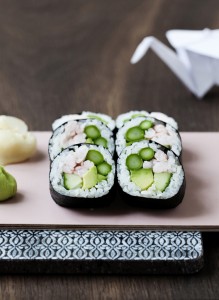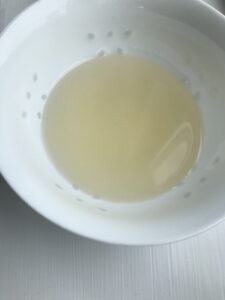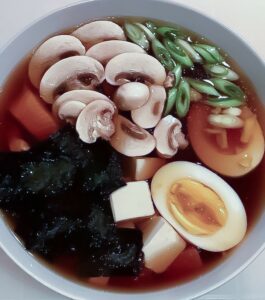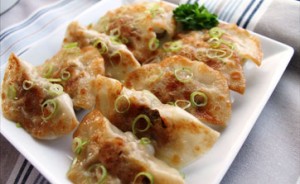
The quality of sushi rice has a very big impact on the food.
There is no doubt that when using good quality sushi rice can be tasted. The sushi meal becomes a completely different experience when quality sushi rice is cooked in a way so that they are firm and soft in consistency.
In Denmark, there is not much difference in the quality of sushi rice that can be bought in stores. If you go to the USA or Japan, you can get many different types of sushi rice just as many as bread in a Danish supermarket.
It is not only Japan that grows rice for sushi. Countries like China, Korea, USA and some countries in Europe grow different kinds of sushi rice.
Sushi rice is harder to cook than other types of rice. Good quality sushi rice is easier to cook and, the consistency of the cooked sushi rice is also better.
At the Sushi course for beginners, you will learn what it takes to be successful in cooking sushi rice in your own kitchen.
_
Zoë has lectured and held sushi courses for A. P. Moller – Maersk, Hugo Boss Nordic, Novo Nordisk, Novartis, Velux, Gorrissen Federspiel, Beierholm revision, Elbek & Vejrup and many more.









